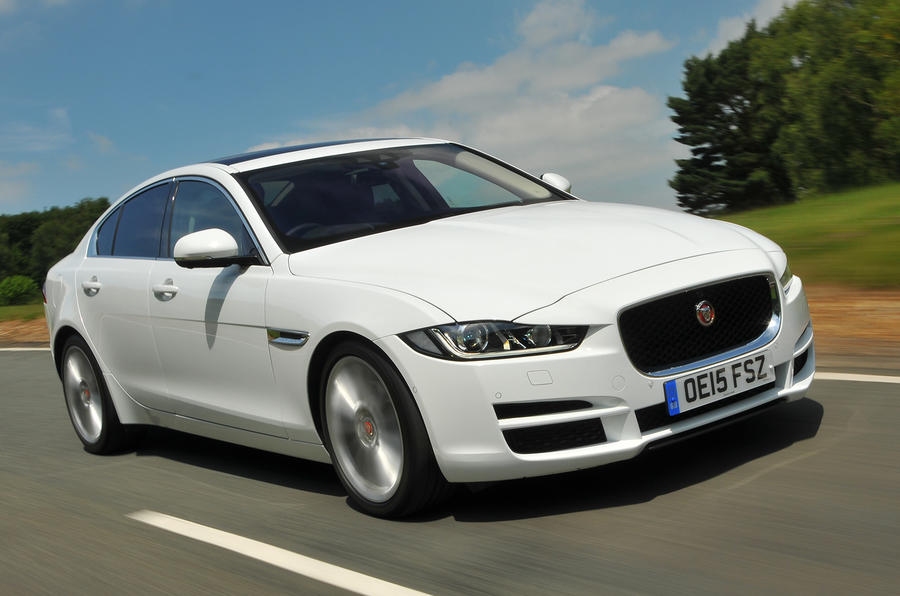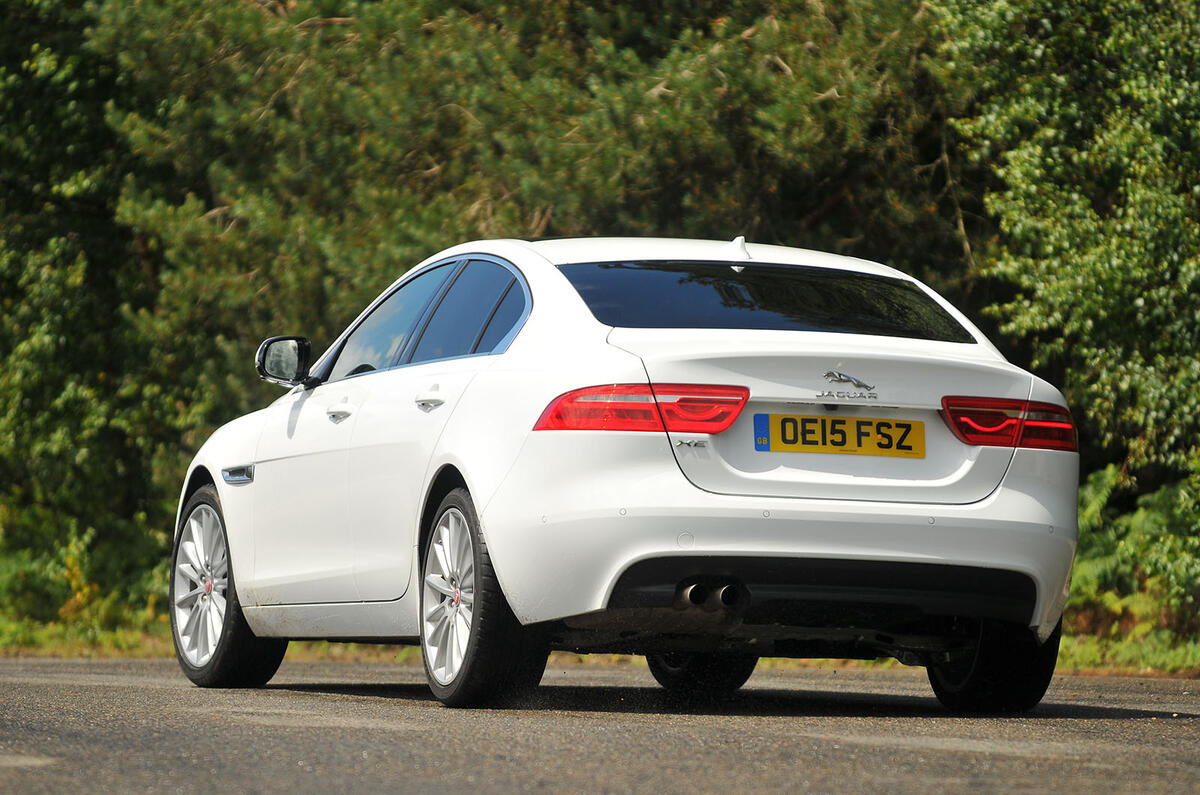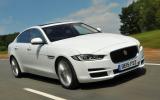It offers strong low and mid-range pulling power, though, and while you’d bet that its outright performance isn’t quite segment-leading, it’s well metered out by ZF’s excellent eight-speed automatic ’box.
The transmission’s natural bias is to upshift early and keep the engine spinning at fairly low revs, where it’s at its quietest and most economical. Throttle response at those crankspeeds is good, however, and power delivery is pleasingly muscular and elastic.
Cycle through Dynamic, S and manual paddleshift modes and you can make the gearbox hold a ratio for as long as you like, but the reward for doing so isn’t as compelling as it might be. While the engine revs more freely than some, it doesn’t do so all that willingly beyond 4000rpm.
Better, really, to settle for a more typical, torque-propelled turbodiesel driving style. The XE 2.0d 180 can certainly be spirited along quite quickly that way, and has grip and handling composure to spare on the road.
The car’s most laudable qualities are its fluent, consistent and uncorrupted steering, its balance and precision when cornering and its expertly judged blend of body control compromised against a supple and quiet ride. On all of those fronts, it’s king of the compact executive class.
Our test car had standard passive suspension, although firmer sports springs and adaptive dampers are available as an option. But the XE needs neither to feel athletic and involving, and to conjure an effortless and instant sense of poise that a BMW 3-series will only approach in perfect specification and dynamic setting.
The XE’s steering is quite quick just off-centre but is predictable and feelsome thereafter. Moreover, the suspension doesn’t seem to need to resort to overly firm springing or uncompromising anti-roll control in order to maintain good grip, body control or directional response.
Ultimately it handles cross-country roads with a dexterity unknown to most small saloons, and manages to feel at once stable, compliant and well-damped at motorway speeds.





























Join the debate
Add your comment
i's say test drive and see
Autocar have always come across as a bit biased towards Jags claiming that if you peel away the Aluminium XK chassis what you have in essence is the old XJS chassis, little do they know structure of a monocoque steel XJS chassis will very much differ from one made of aluminium even if both were of monocoque type. they just have to knit pick at the littlest of things to belittle it. they forgot to mention DB7 was based on the XJS and so was the old XK.
I have read a lot of positive reviews of the XE on quite few magazines and websites and i wouldn't hold autocar's opinion as definitive.
You'd have to be barking....
Drive it!
Does anyone know what the sales targets are? How many could they make running at full tilt? Just wondered.